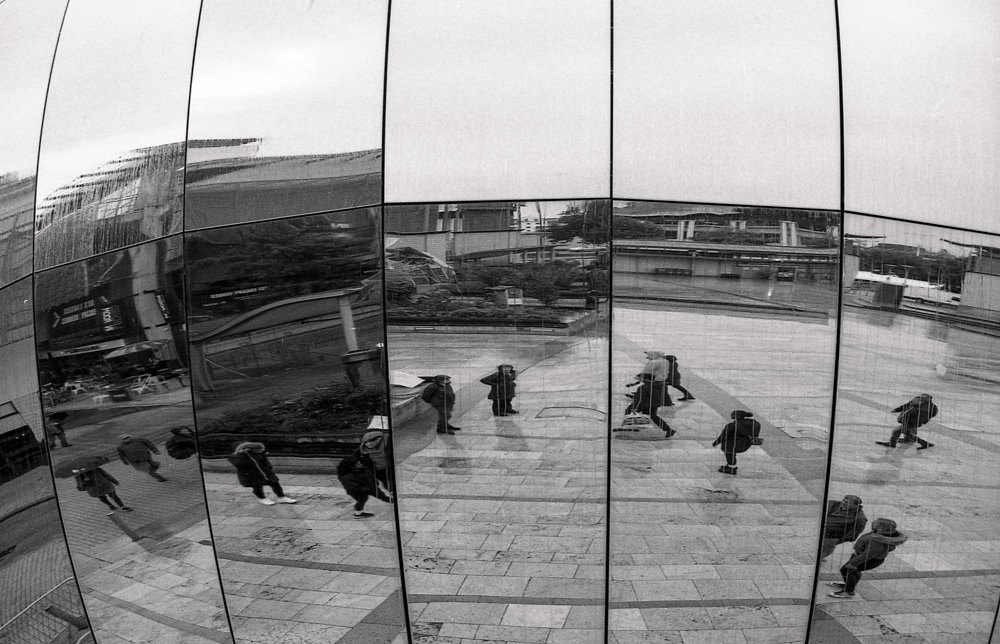I’ve just come back off a six day Zen retreat – my first for two years since none have been held over the lockdown period. This one wasn’t my usual Zen group but most such retreats are pretty similar. There is a lot of sitting meditation, zazen as it is called - but it is the way that these events are set up which is perhaps most important. There is a timetable of zazen, work periods, meals, some instruction or talks and a little ritual or chanting of some kind. Once you are into the swing of this there is very little to think about. Next, you are in silence. You don’t talk to anyone or otherwise make contact with them – even eye contact if you are going to do it properly. You don’t bring books to read, laptops or tablets to browse, paper and pen for jotting things down or any other little sidelines. You put your phone away. There are absolutely no distractions.
When there is absolutely nothing to think about, what happens? Oddly enough, thinking happens. At first, in fact, the mind goes into overdrive. I have been on many of these retreats and the first day is always the same: a bumpy ride. You might have thought that thoughts were the product of your life’s round but it turns out that they come and go more or less as they please. The zazen is usually about five or six hours a day so you have plenty of time to contemplate this dizzy spinning of the mind. Sometimes a little peace and quiet develops but it always, in my experience, goes away again. This is what our minds do: they come and go like a lighthouse beam. So the mind is itself often a distraction in its own right.*
Photography is not generally considered to be one of the Zen arts. Traditionally, that is more the realm of calligraphy, poetry, brush painting and so on. However, zen insights can easily be transferred to photographic practice. On second thoughts, I think maybe we should knock that word ‘easily’ out of the sentence. Let’s just say that it is possible to transfer them.
When I look through the viewfinder I often find that my mind starts doing its thing again. “This will make a good photo!” it says and off it goes. The moment that I allow myself to be distracted from what I see in the viewfinder by this chatter, and to wander away from the moment, I lose whatever clearsightedness brought me to the scene at that very second. Sometimes I put the camera down and keep walking. Sometimes I repeat to myself: “What is this? What is this?” Sometimes I am not distracted at all and the photo takes itself.
It was an absolutely beautiful morning as the retreat ended and I took the chance to have a walk up the nearby coast with the Rolleicord. I like to think that the photos I took will reflect a certain otherworldly serenity but I have a nasty feeling they may look more like desperate attempts to capture ghosts. It will take me a few weeks to get around to developing and scanning them but I promise to put one or two into a blog post to see whether they amount to anything interesting. In the meantime, here is a photo which more or less took itself once I had got out of the way.
I took this photo on a very wet afternoon in Bristol last autumn. It’s a streetscene reflected in a giant mirror orb. It was a good exercise in not thinking because the panels broke up the scene so that I could only react in a split second to whatever appeared. The thinking mind can’t cope with that so spontaneity takes over. I guess that it is all about playing, really.
*Mind does tend to get a pretty bad press in the world of Zen so I would like to record here my deep respect for all those mental processes which have contributed to the survival of the human race over the centuries. After all, you wouldn’t cross a busy road in contemplative mode, would you?
